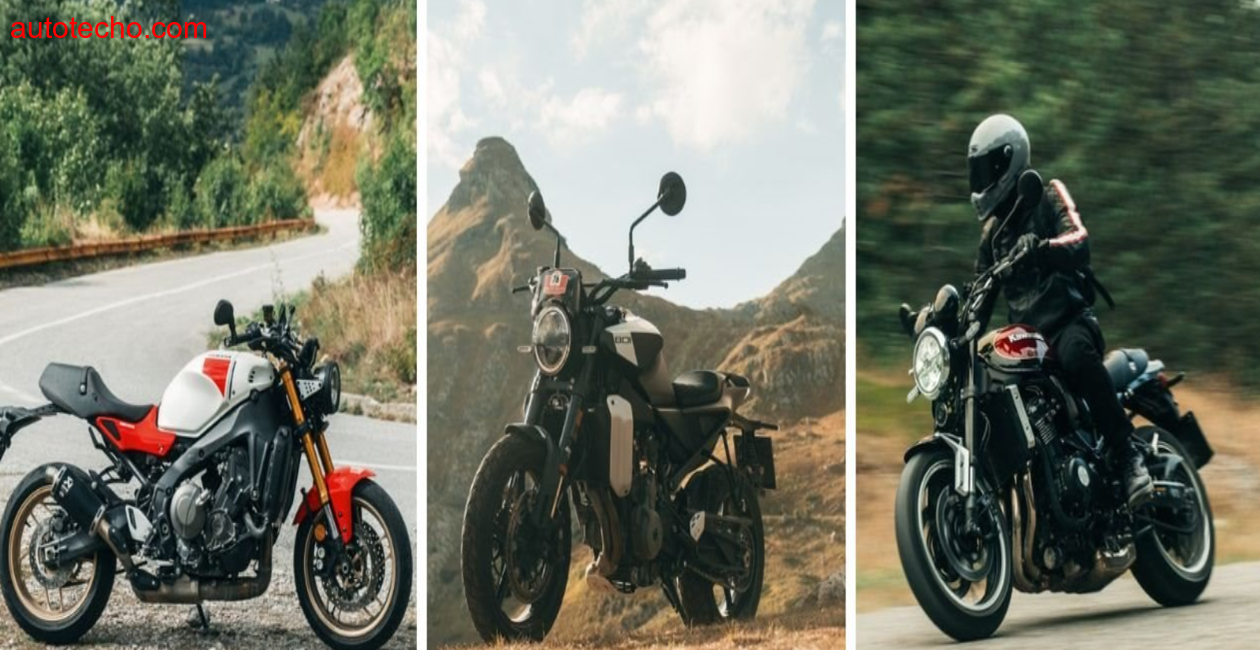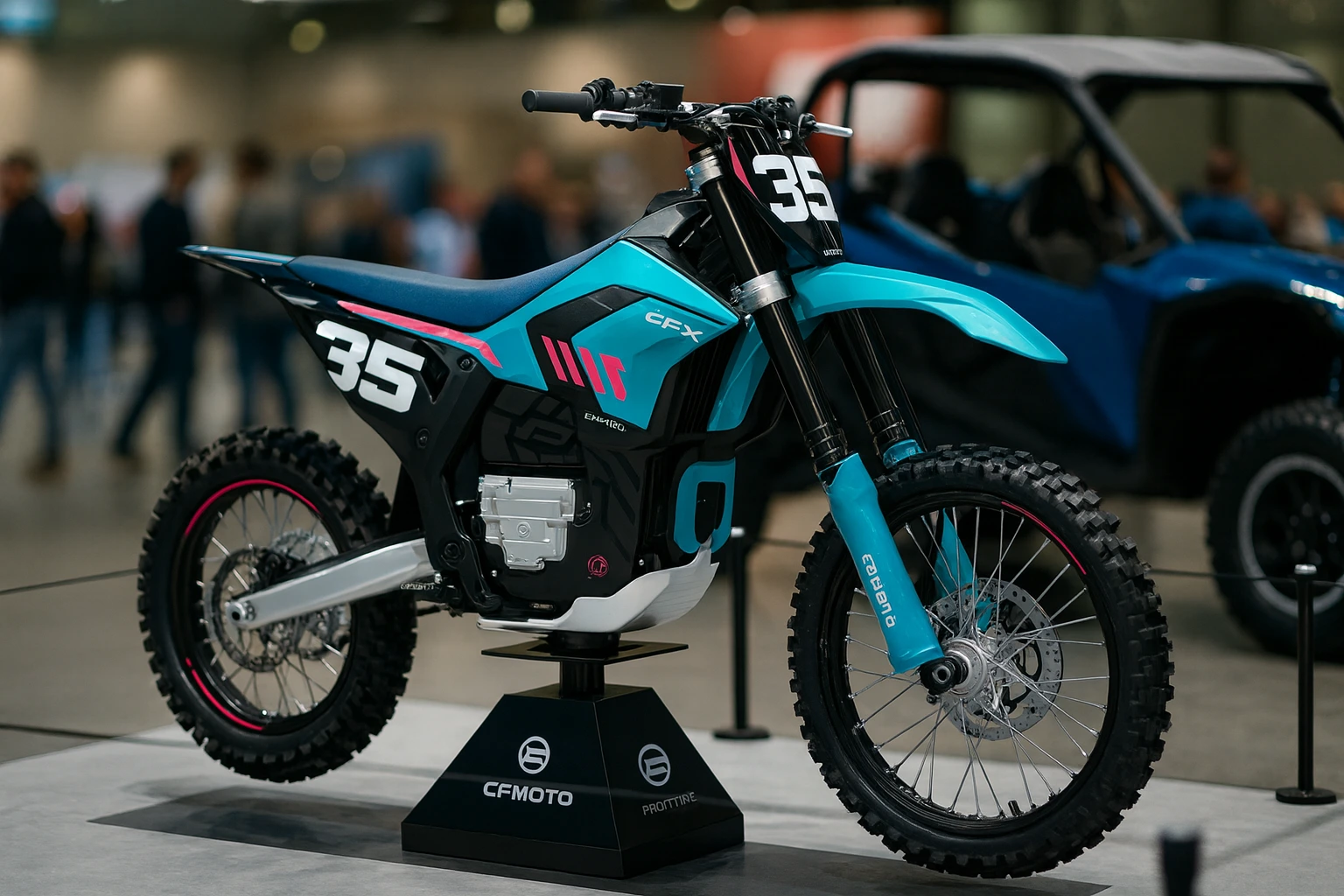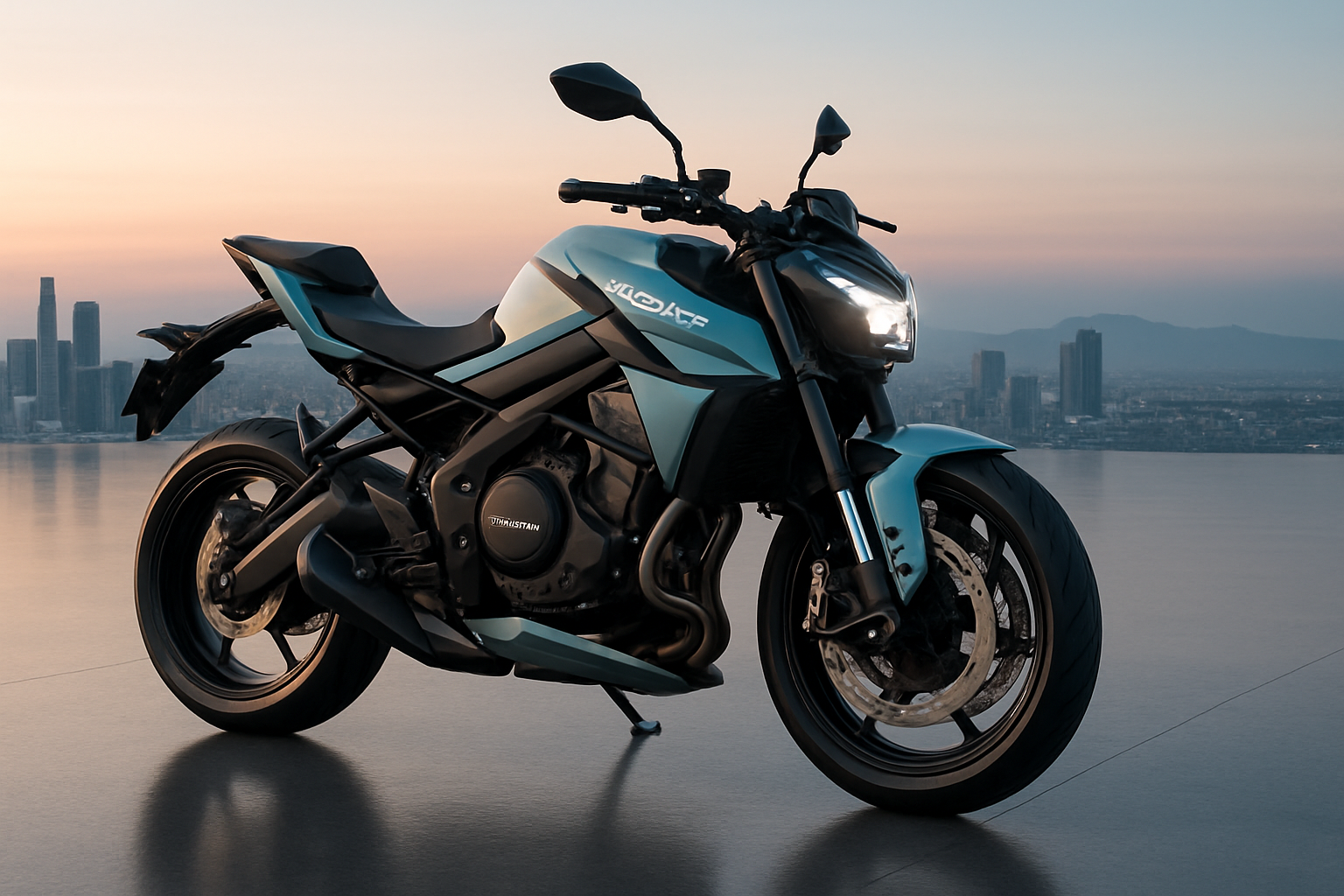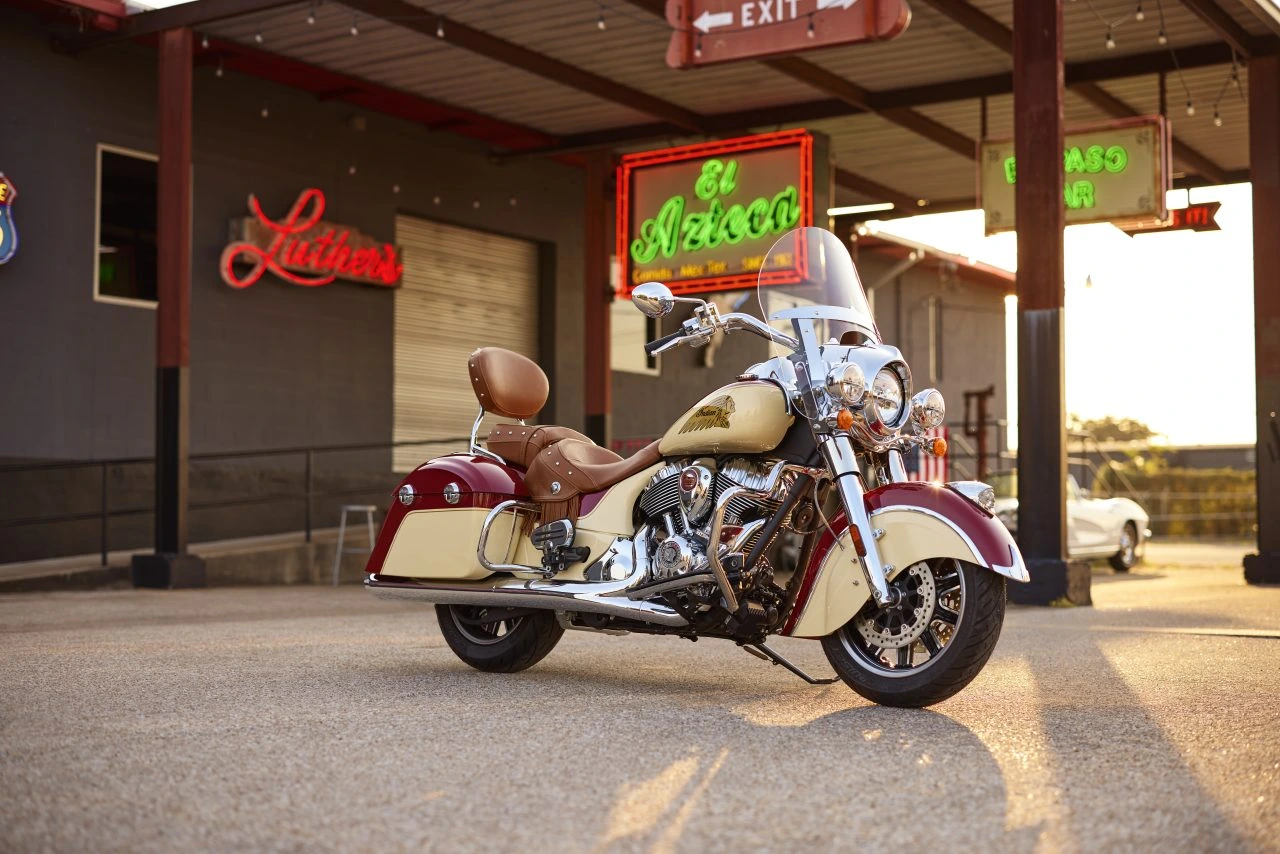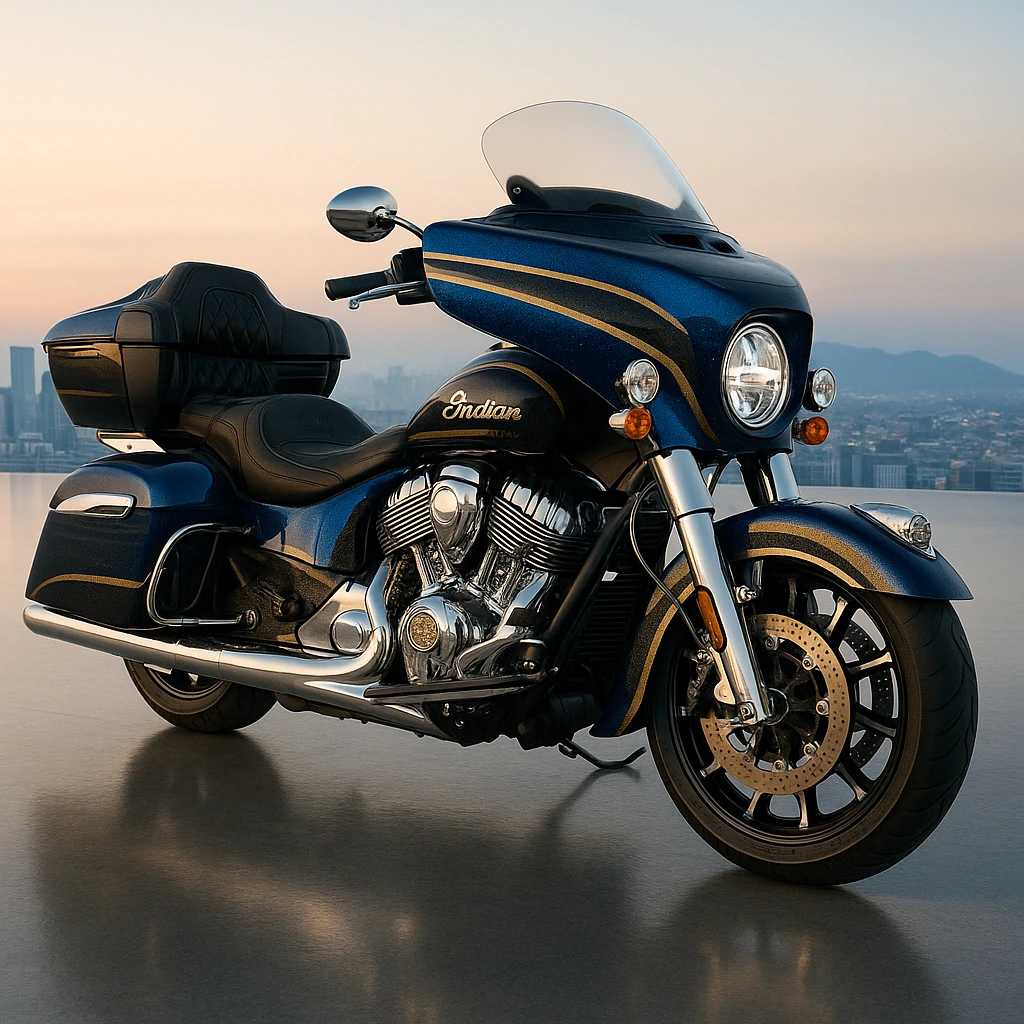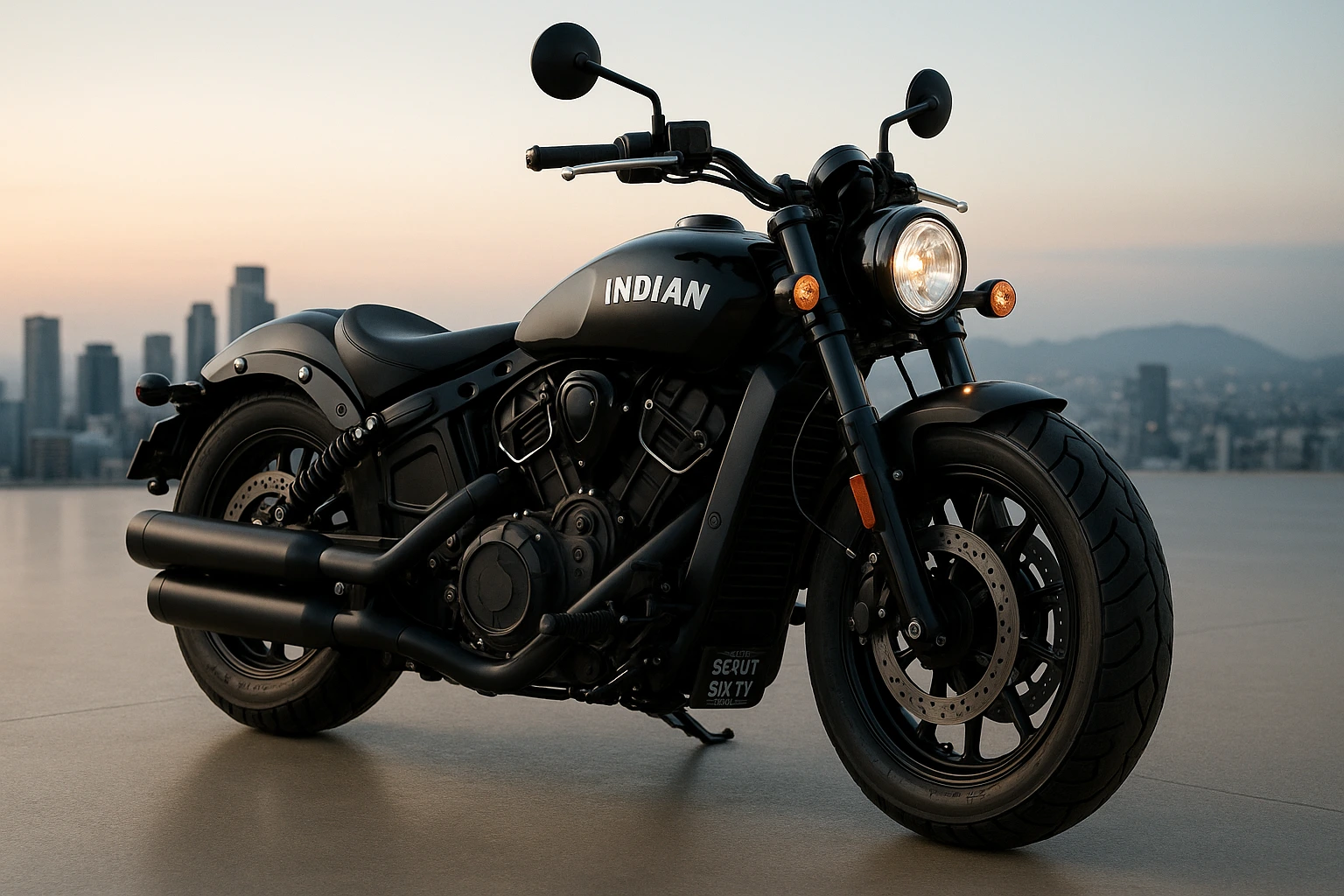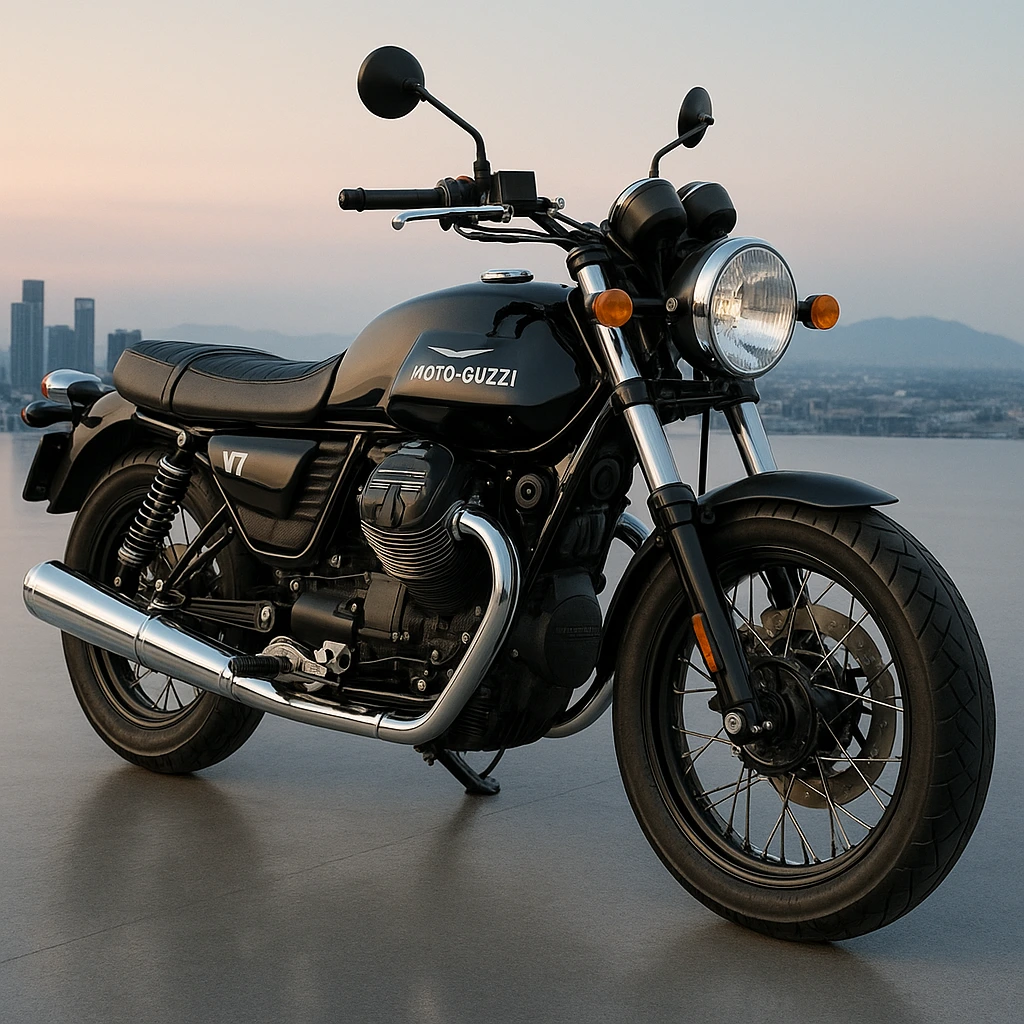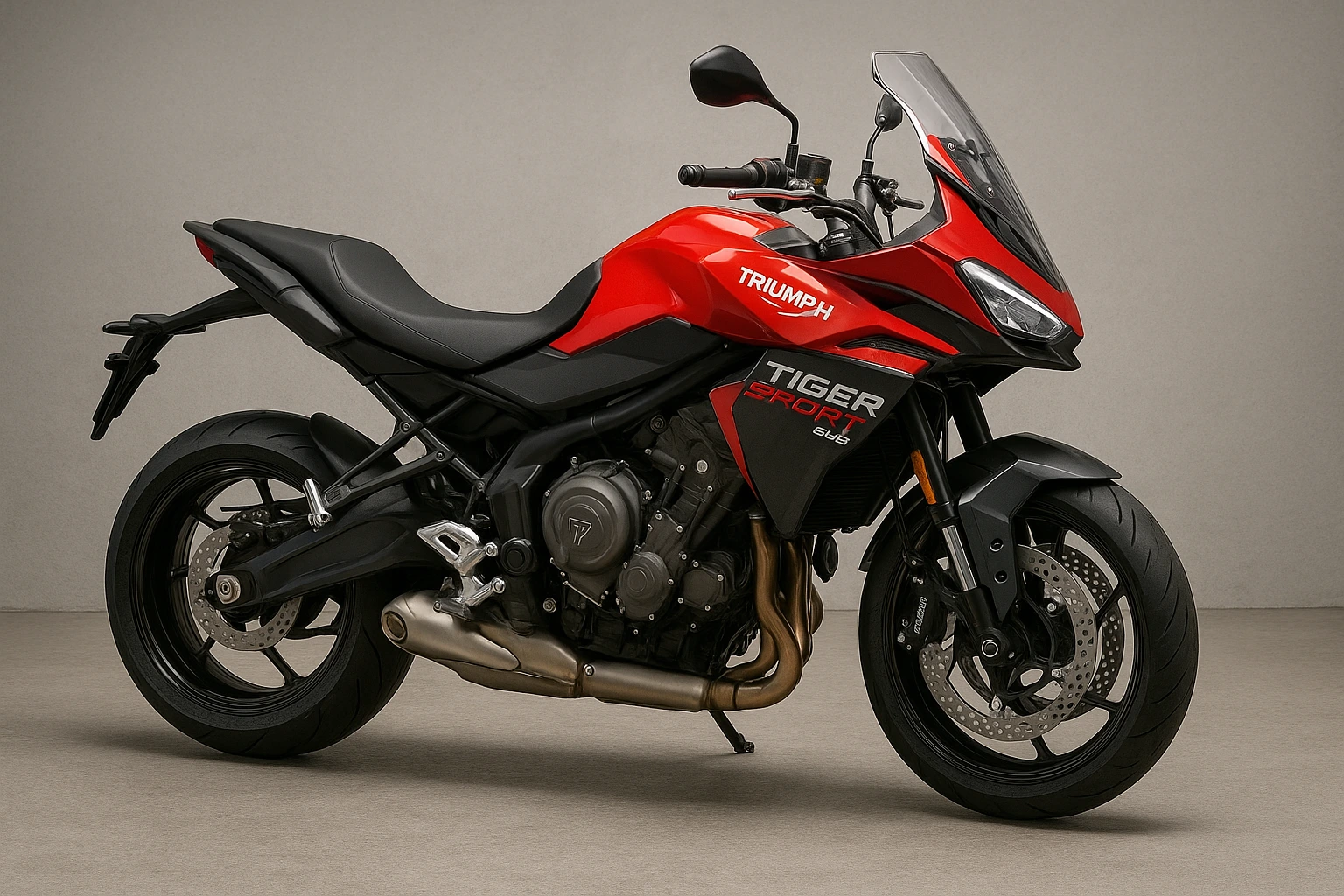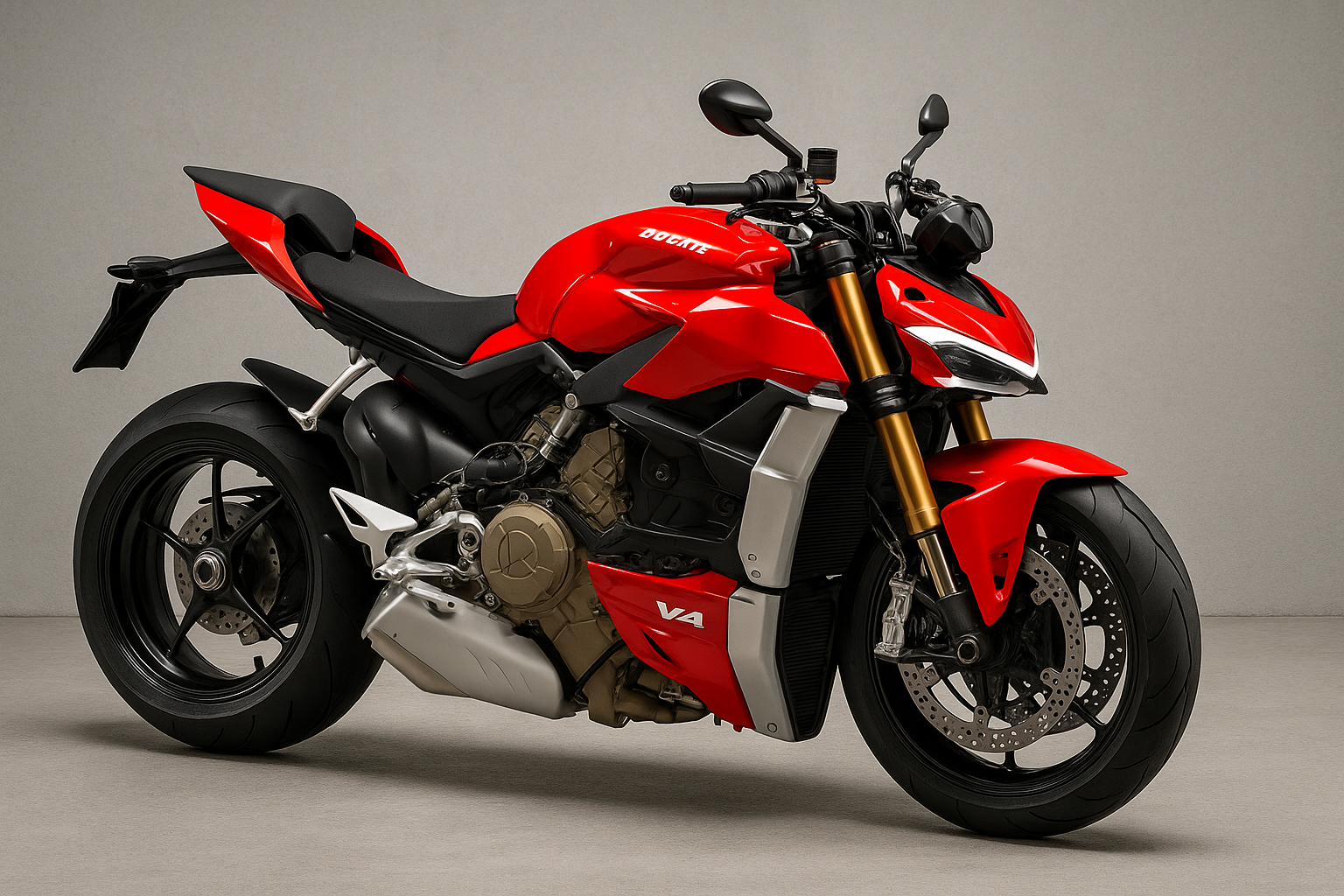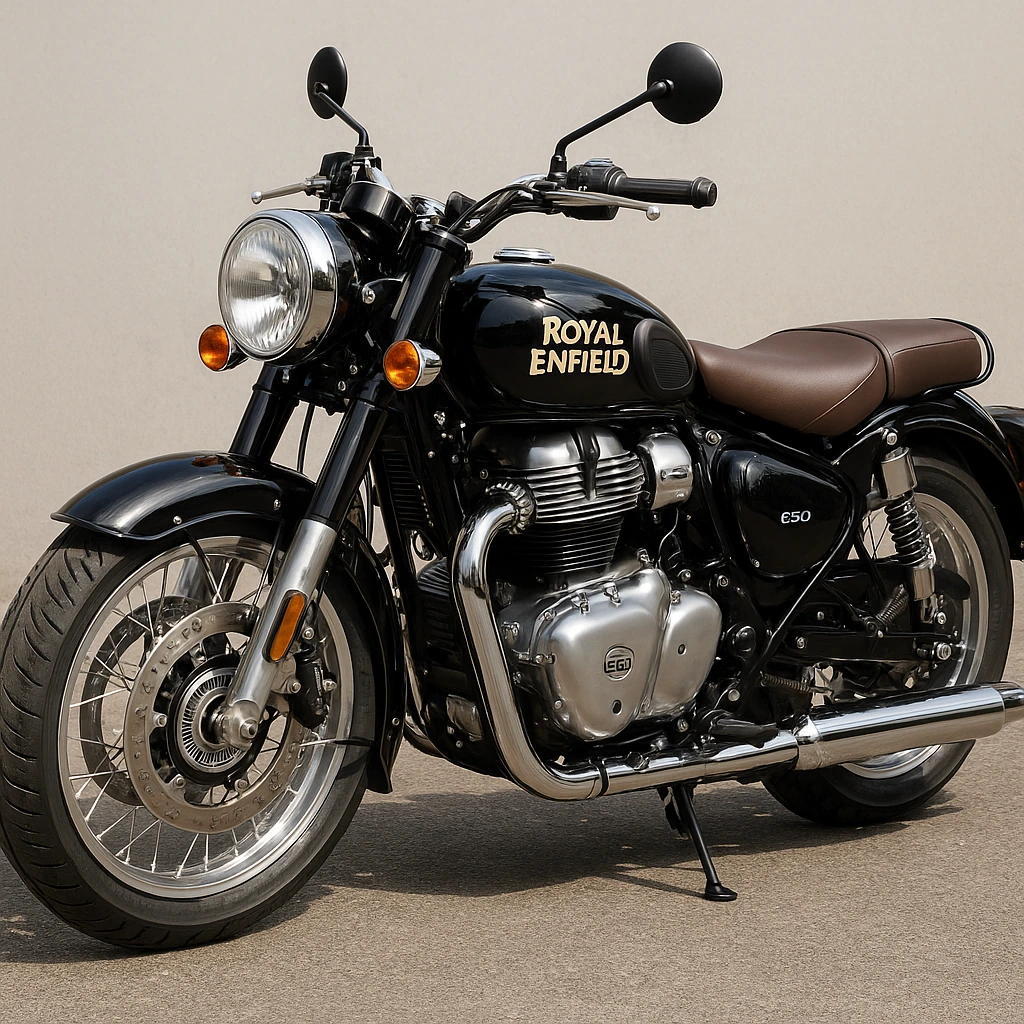I borrowed a Kawasaki Z900 RS for nine days and treated it like my own: commuting, coffee runs that drifted into detours, and a full Saturday stitched from B-roads I had no business “checking out.” This isn’t a brochure; it’s what stuck when the helmet came off.
First Ride: Old-School Shape, New-School Intent
Cold morning, dry roads. Thumb the starter and the inline-four wakes with a polite purr—civilized, not sleepy. The Kawasaki Z900 RS looks like it rolled out of a photo album, but the first few corners announce it’s very much alive. Bars meet your hands, the tank is easy to hold with your knees, and the bike feels narrow through traffic. I left early to “test the route” and arrived late wearing a dumb grin. Worth it.
Engine: The Friendly Four That Knows When to Roar
Around town, the Z900 RS is velvet—clean fueling, zero hiccups, happy to short-shift. Out of town, that same motor turns elastic: roll it from middling revs and it surges forward in one long note instead of a shriek. It doesn’t dare you to the limiter; it invites you to surf the middle where real riding lives. Soundtrack stays neighbor-friendly until you ask for more, then the intake snarl shows up like a favorite song on a better speaker.
Heat never became a story in stop-and-go. Vibration? Present as a faint hum through the bars—“alive,” not “tingly.” The gearbox likes a decisive toe; do your part and it responds with tidy, positive shifts.
Handling: Draws Lines Like a Good Fountain Pen
The chassis reads the road out loud without shouting. Turn-in is light, the mid-corner feel is planted, and line changes are a thought, not a fight. The Kawasaki Z900 RS doesn’t flop into turns; it rolls in and holds an arc like it means it. City potholes and patched asphalt get smoothed rather than dramatized. Two clicks of rebound out back for my weight plus a small tail bag made it feel “set,” not stiff.
Brakes are honest—predictable initial bite and a linear build that never surprised me. The rear is genuinely helpful for trimming speed into tight corners and for awkward downhill hairpins. No fade on my loops, even after a few “one more time” runs up the hill.
Electronics & Dash: Helpful, Not Bossy
Traction control stayed politely in the background. It nudged me over slick paint and wet leaves, then went back to being invisible. ABS did the right thing across a damp bridge grate without lecturing me on the display. The dash is clear in rain and sun, and the menu logic is simple enough that I didn’t have to pull over to change a basic setting. That should be normal; it isn’t.
Everyday Life: Yes, the Retro Can Do Tuesday
Steering lock is better than the silhouette suggests, which made sneaking into weird curb spots easy. The seat reads “firm” for the first half hour and then disappears; I did a long Saturday with coffee stops and never went hunting for excuses to stand up. Fuel economy landed in the “sensible adult” zone even when I wasn’t behaving like one.
Wind protection? It’s a naked—at motorway pace you’re the screen. A small flyscreen would be my winter add-on, but for city and B-roads I never missed it. Built-in tie points made a small tail bag simple; bread, coffee, and a magazine fit without drama.
Looks & Touches: Heritage Without Costume
Up close, the Kawasaki Z900 RS is tidy where it counts: tasteful paint, neat fasteners, no unnecessary plastic theater. Switchgear has a crisp click, and the tank shape earns compliments from people who don’t even ride. It’s “classic” without the cosplay—someone edited this bike, then edited again.
Annoyances (Small, Honest Ones)
- Mirrors start to fuzz at sustained naughty speeds—fine for cops, less fine for hair checks.
- On truly broken city streets, square-edged hits make themselves known until you tweak settings.
- The fueling is crisp enough that ham-fisted first-gear throttle in a parking-lot U-turn will remind you to be smooth.
None of that is a deal-breaker. They’re notes you adapt to by lunch on day one.
Two Moments That Sold Me
1) The late-apex game. Empty roundabout, third gear, look through, breathe on the inside bar—the Kawasaki Z900 RS drew the line I pictured, not the line I corrected. That’s trust you can build on.
2) The boring commute that wasn’t. Damp morning, cruise-ish pace on the ring road. The bike stayed calm and somehow still felt like riding instead of “transport.” Shoulders dropped. Day improved.
Who Should Shortlist It
- Riders who want a naked that commutes politely and still carves on Sunday.
- Fans of smooth inline-four character who live in the midrange.
- Anyone drawn to heritage flavor but allergic to museum pieces.
- People who value a chassis that rewards clean inputs more than spec-sheet fireworks.
If your life is 70% motorway or two-up touring, plan on a screen and luggage from day one. If you’re chasing lap records, Kawasaki will sell you something sharper. For everyone else, the Kawasaki Z900 RS nails the “use it daily, love it on weekends” brief.
Would I Buy One?
Yes. I’d set sag properly, add a small screen for winter, pick tires that fit my weather, and stop fiddling. The Kawasaki Z900 RS doesn’t shout. It nudges—“you could take that cleaner”—and then helps you do it. That’s the kind of bike that makes Tuesday feel like a good decision.
Retrobikes comparability take a look at
| Kawasaki Z900 RS | Husqvarna Svartpilen 801 | Yamaha XSR900 | |
| engine kind | inline four-cylinder engine | two-cylinder | three-cylinder engine |
| displacement | 948 cc | 799 cc | 889 cc |
| Efficiency | 111 hp @ 8500 rpm | 105 hp @ 9250 rpm | 119 hp @ 10000 rpm |
| torque | 98.6 Nm @ 6500 rpm | 87 Nm @ 8000 rpm | 93 Nm @ 7000 rpm |
| entrance suspension | 41mm USD fork | 43mm WP USD fork | USD fork |
| entrance suspension journey | 120 mm | 140 mm | 130 mm |
| rear suspension | monoshock | WP monoshock | Kayaba monoshock |
| rear suspension journey | 140 mm | 150 mm | 137 mm |
| seat top | 835 mm | 820 mm | 810 mm |
| Weight | 216.5 kg | 189.5 kg | 195.5 kg |
| IMU | No | Sure | Sure |
| traction management | Sure (3 ranges) | relying on the lean angle | relying on the lean angle |
| ABS | Sure | cornering ABS | cornering ABS |
| quickshifter | No | Sure | Sure |
| driving modes | No | Sure | Sure (4 modes) |
| USB port | 12V below seat | USB-C to show | USB-C to show |
| cruise management | No | No | Sure |
| Adjustable entrance suspension | Full | compression/rebound | No |
| Adjustable rear suspension | spring preload/rebound | spring preload/rebound | spring preload/rebound |
